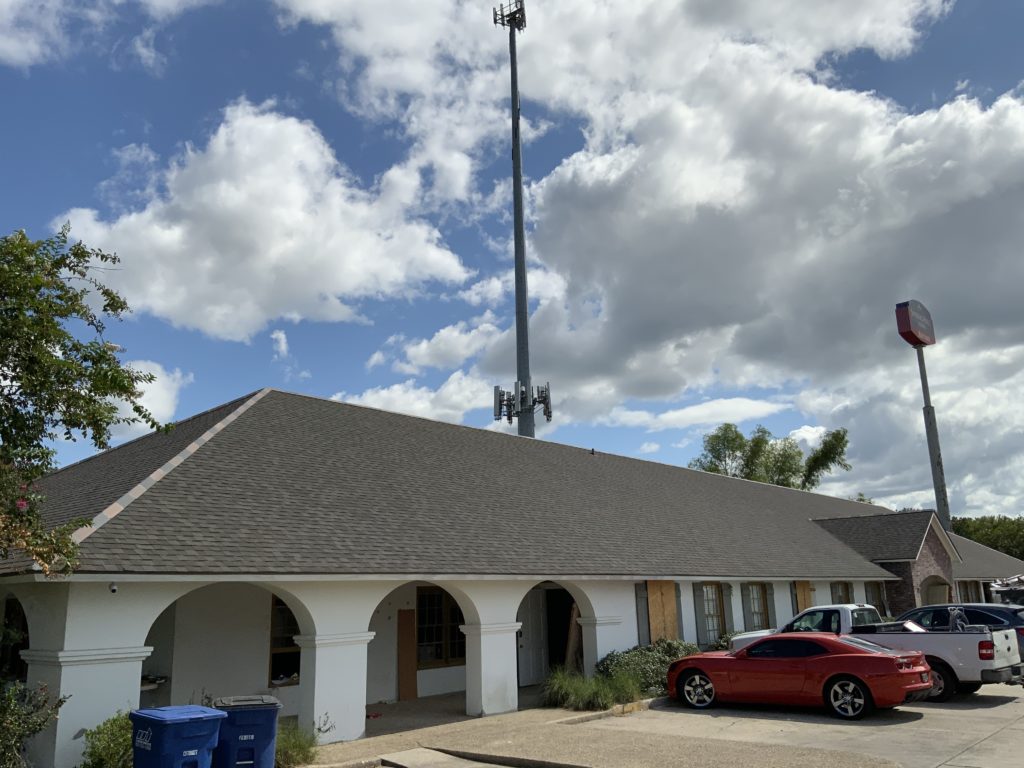Warning Signs of Roof Damage & When to Take Action
Your roof is your home’s first line of defense against the elements. Over time, exposure to sun, rain, wind, and snow can cause wear and tear, leading to leaks, missing shingles, or even structural damage. But how do you know if your roof needs a simple repair or a full replacement?
In this guide, we’ll walk you through the key warning signs of roof damage, explain when a repair is enough, and highlight situations that call for a full roof replacement.
Signs Your Roof Needs Repair or Replacement
1. Leaks and Water Damage
One of the biggest warning signs of a failing roof is water damage. If you notice:
- Water stains on ceilings or walls
- Dripping water during or after rain
- Mold or mildew growth in your attic
These issues indicate a leaky roof, which could be due to missing shingles, cracked flashing, or worn-out underlayment.
Repair or Replace?
- Minor leaks caused by small cracks or missing shingles can often be repaired.
- Widespread leaks or repeated water damage may require a full roof replacement.
2. Missing, Cracked, or Curling Shingles
Shingles are designed to protect your home from water infiltration. If you see:
- Missing shingles after a storm
- Cracked or curled shingles due to age
- Granules collecting in gutters (from asphalt shingles)
Your roof could be at risk of leaks and further damage.
Repair or Replace?
- If only a few shingles are missing or damaged, a repair is usually enough.
- If multiple shingles are affected or the roof is over 20 years old, it may be time for a replacement.
3. Sagging or Drooping Roof
A roof should have a straight, solid structure. If you notice:
- A sagging or drooping section
- A wavy roofline
This could indicate structural issues caused by prolonged water damage or weakened roofing materials.
Repair or Replace?
- Minor sagging may be fixed with reinforcements.
- A severely sagging roof must be replaced immediately to avoid collapse.
4. Mold, Moss, or Algae Growth
While some moss or algae growth is normal, excessive buildup can trap moisture, leading to roof rot. Signs include:
- Dark streaks or patches of green moss
- Mold or mildew in the attic
Repair or Replace?
- If caught early, moss and algae can be cleaned off.
- If moisture has caused shingle damage or rot, a replacement may be needed.
5. High Energy Bills
If your heating and cooling costs have suddenly increased, your roof’s insulation may be failing. Signs include:
- Drafts in the attic
- Uneven indoor temperatures
- More frequent HVAC usage
Repair or Replace?
- Small insulation issues may be fixed with repairs.
- If the roof has widespread insulation failure, a replacement may be required.
How Often Should You Inspect Your Roof?
To avoid costly repairs, follow these roof maintenance tips:
- Inspect your roof twice a year – Ideally in spring and fall.
- Check after major storms – Look for missing shingles or leaks.
- Clean gutters regularly – Clogged gutters can cause water damage.
- Trim overhanging branches – Prevents damage from falling limbs.
Final Thoughts: Don’t Ignore Roof Damage!
If you notice leaks, missing shingles, or sagging, it’s time to act! Delaying repairs can lead to bigger, more expensive problems.
Need a Roof Inspection?
At Terry Honoré Construction, we offer professional roof inspections, repairs, and replacements. Contact us today for a consultation and protect your home before small issues become major headaches!



